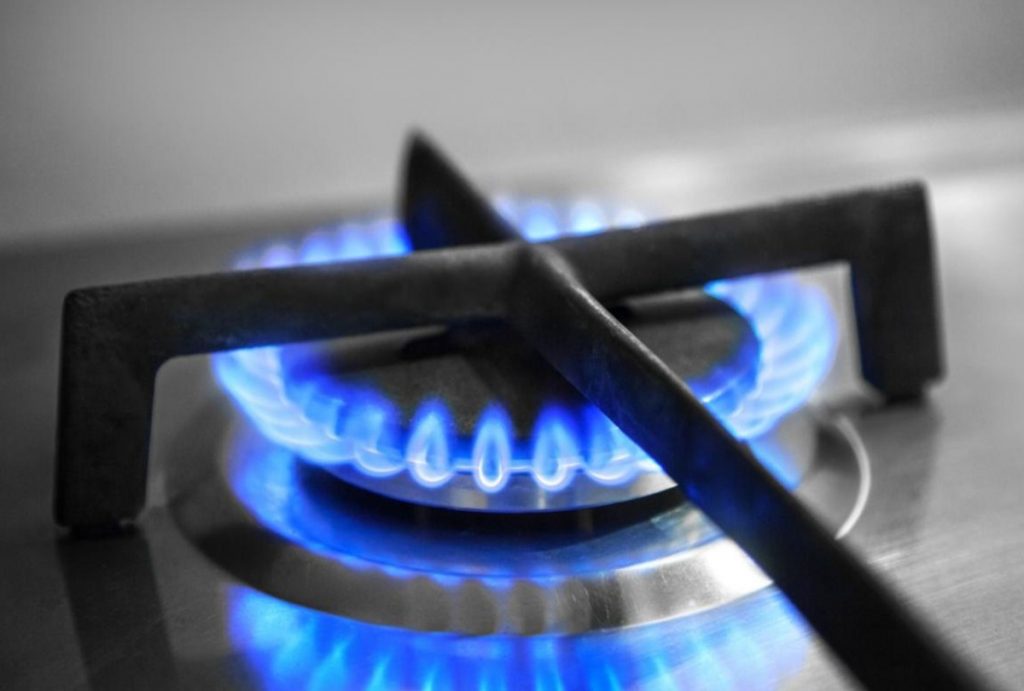
(Reuters) – U.S. natural gas futures climbed about 4% on Wednesday on forecasts for more heating demand this week than previously expected and a continued decline in output from freezing wells, while extreme cold in the Northeast boosted spot gas prices to their highest since January 2024.
Those price increases came ahead of a federal report expected to show utilities pulled a smaller-than-usual 53 billion cubic feet (bcf) of gas out of storage during the week ended Jan. 3 when the weather was still mild.
That compares with a decrease of 104 bcf during the same week last year and a five-year average draw of 93 bcf for this time of year.
The U.S. Energy Information Administration (EIA) will release the storage report one day early due to a National Day of Mourning for former President Jimmy Carter on Thursday.
Analysts projected the next three storage reports for the weeks ended Jan. 10, 17 and 24 could show utilities pulled over 200 bcf of gas out of storage each week due to extreme cold expected through at least late January. If correct, that could be the first time withdrawals topped 200 bcf for three weeks in a row since February 2022.
Front-month gas futures for February delivery on the New York Mercantile Exchange rose 14.9 cents, or 4.3%, to $3.598 per million British thermal units at 8:25 a.m. EST (1325 GMT).
In the spot market, extreme cold in the Northeast boosted next-day gas prices to their highest since January 2024 at the Eastern Gas hub in Pennsylvania and in New York.
SUPPLY AND DEMAND
Financial firm LSEG said average gas output in the Lower 48 U.S. states slid to 103.0 billion cubic feet per day (bcfd) so far in January, down from 103.8 bcfd in December. That compares with a record 105.3 bcfd in December 2023.
But since daily output hit a 10-month high of 106.0 bcfd on Dec. 30, supplies were on track to drop by around 6.2 bcfd to a preliminary eight-week low of 99.8 bcfd on Wednesday due mostly to freezing oil and gas wells, known in the energy industry as freeze-offs. That amount of freeze-offs, however, was lower than the 6.6 bcfd projected on Tuesday.
Output declines so far this year have been much smaller than previous winters. But with the coldest weather still to come, analysts said freeze-offs could increase in coming days.
In past winters, freeze-offs slashed gas output by around 16.5 bcfd from Jan. 8-16 in 2024, 19.4 bcfd from Dec. 21-24 in 2022 and 20.4 bcfd from Feb. 8-17 in 2021, according to LSEG data.
Meteorologists projected weather in the Lower 48 states would remain colder than normal through Jan. 23, with the coldest days now expected early next week.
With colder weather coming, LSEG forecast average gas demand in the Lower 48, including exports, would rise from 146.8 bcfd this week to 147.9 bcfd next week. The forecast for this week was higher than LSEG’s outlook on Tuesday, while its forecast for next week was lower.
On a daily basis, LSEG projected total gas use could reach 157.5 bcfd on Jan. 14, which would fall well short of the daily record of 168.4 bcfd on Jan. 16, 2024.
The amount of gas flowing to the eight big U.S. LNG export plants rose to an average of 15.0 bcfd so far in January, up from 14.4 bcfd in December. That compares with a monthly record high of 14.7 bcfd in December 2023.
Reporting by Scott DiSavino; Editing by Andrea Ricci
Share This:




 CDN NEWS |
CDN NEWS |  US NEWS
US NEWS 




























COMMENTARY: Fossil Fuels Show Staying Power as EU Clean Energy Output Dips – Maguire